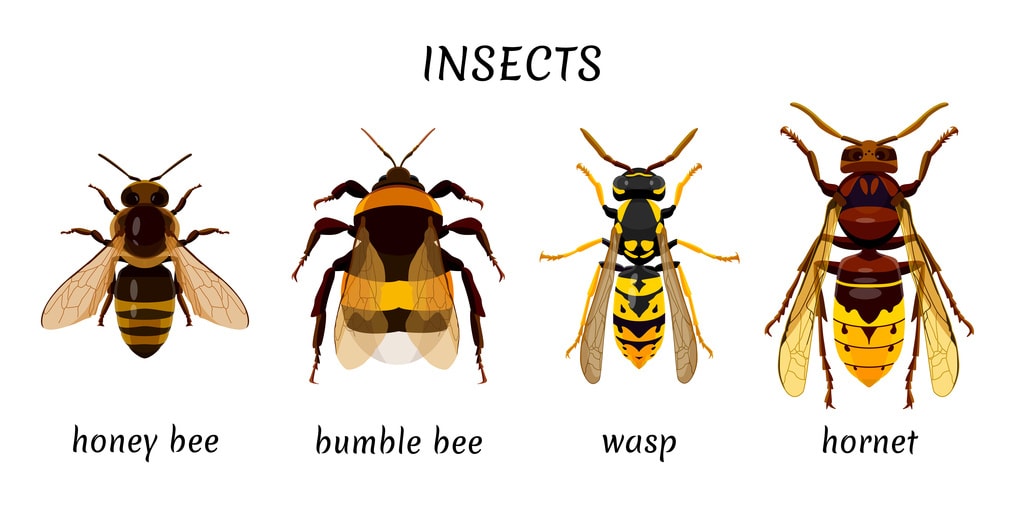Step into a world where nature’s most formidable aviators take the spotlight – a list that promises to keep you on the edge of your seat while you seek refuge indoors. Brace yourself for an encounter with the thrilling and terrifying bees and wasps that remind us just how wild the outdoors can truly be. In this compilation, we unravel the enigmatic allure and heart-pounding dread of creatures that blur the line between fascination and fright, with tactics ranging from cunning camouflage to venomous stings.
Get ready to meet the Executioner Wasp, a creature that lives up to its menacing name, equipped with a sting that commands respect. Discover the Tarantula Hawk Wasp, a paradoxical marvel with a flair for macabre hunting techniques. And of course, who could forget the notorious Murder Hornet, notorious for its relentless hive invasions. Amid these intense predators, we’ll also uncover the hidden talents of the Mud Dauber Wasp, a true architect of the insect world. So, prepare to embark on an enthralling journey into the extraordinary lives of these bees and wasps – where the thrill of nature’s marvels collides with spine-tingling suspense.
What’s the Difference Between Bees, Wasps, and Hornets?

Bees, wasps, and hornets belong to the order Hymenoptera, but each possesses distinct characteristics that set them apart in appearance, behavior, and ecological role. Bees are often recognized for their stout bodies, branched hairs that aid in pollen collection, and relatively gentle behavior. Bees are notable pollinators, fostering plant reproduction by transferring pollen from flower to flower as they forage for nectar. Their pollination services are crucial for agriculture and the diversity of plant life, making them indispensable contributors to ecosystems. Unlike their more aggressive relatives, bees tend to sting only when provoked, with their barbed stingers detaching from their bodies upon stinging, leading to their demise.
Wasps, on the other hand, encompass a broader range of appearances, from slim, elongated forms to robust, compact bodies. While some wasp species are solitary, many are social, living in colonies with a defined hierarchy. Their ecological roles vary widely, with some wasps acting as predators of other insects, contributing to pest control, while others play a role in pollination. Although wasps can sting multiple times due to their smooth stingers, their inclination to sting humans is generally higher when they feel threatened or their nests are disturbed. Hornets, a subset of wasps, are often characterized by their large size and potent stings, which can vary in severity across species. While some hornets, like the European hornet, also exhibit predatory and pollinating behaviors, their stinging ability, paired with their formidable appearance, has led to a reputation that may overshadow their ecological contributions. In essence, bees, wasps, and hornets, while sharing an order, demonstrate remarkable diversity in their roles and behaviors within the intricate web of ecosystems.
